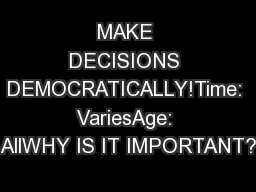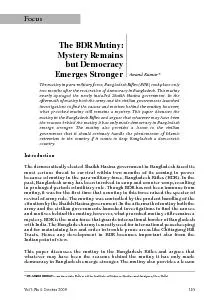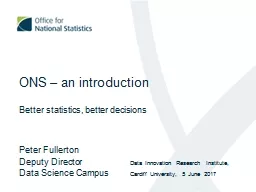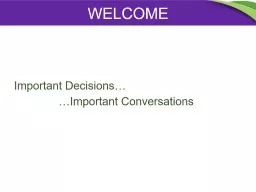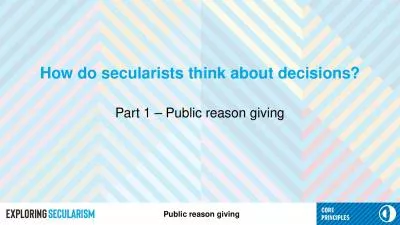PDF-MAKE DECISIONS DEMOCRATICALLY!Time: VariesAge: AllWHY IS IT IMPORTANT?
Author : tatyana-admore | Published Date : 2016-03-12
when conflicts S THIS USEFULAnytime your group needs to make a decisionMATERIALSVaries though nothing more than a EPTS power politics interests diversitySKILLS consensus
Presentation Embed Code
Download Presentation
Download Presentation The PPT/PDF document "MAKE DECISIONS DEMOCRATICALLY!Time: Vari..." is the property of its rightful owner. Permission is granted to download and print the materials on this website for personal, non-commercial use only, and to display it on your personal computer provided you do not modify the materials and that you retain all copyright notices contained in the materials. By downloading content from our website, you accept the terms of this agreement.
MAKE DECISIONS DEMOCRATICALLY!Time: VariesAge: AllWHY IS IT IMPORTANT?: Transcript
Download Rules Of Document
"MAKE DECISIONS DEMOCRATICALLY!Time: VariesAge: AllWHY IS IT IMPORTANT?"The content belongs to its owner. You may download and print it for personal use, without modification, and keep all copyright notices. By downloading, you agree to these terms.
Related Documents

